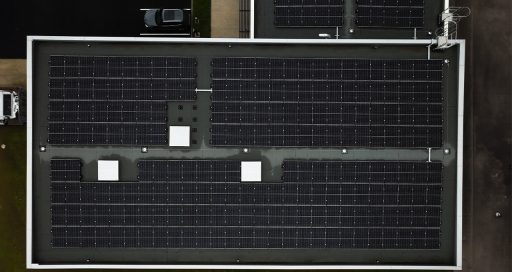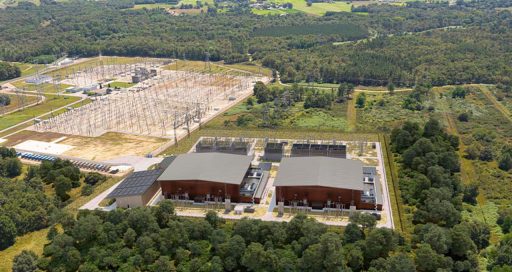To store electricity generated from wind or photovoltaic solar sources, the industry will have to develop environmentally-friendly solutions.
![]()
The energy transition, which is aimed at replacing fossil energy with renewable energy sources, is currently driven by grid capacity and increasingly by energy storage. The latter solution is sometimes indispensable in order to place solar energy generated during the daytime, or wind energy generated during hours when electricity demand is low, in reserve for future use.
Of course, energy storage is not a new issue. To meet peak demand in the winter months, energy is already being stored, 98 % of it in hydroelectric dams. But dams cannot solve the problem of the mismatch between energy generation from an unpredictable source and energy consumption.
In this respect, the smart grid can provide fine-tuned management of the match-up between irregular electricity production and its consumption. In Denmark, where the share of renewables in the energy mix exceeds 40 %, such fine-tuned management of the grid results in “additional storage not yet being needed,” says Marc Jedliczka of NegaWatt (1), an organisation that promotes the energy transition. NegaWatt reports that current grid infrastructure is sufficient to handle up to 50-60 % variable renewables in the mix.
But grid management has its limits, says Simon Innis, Director of Omexom UK (VINCI Energies), who believes that “the smart grid is primarily a way to achieve efficiency, not a solution to the storage issue.” The British expert says that the battery – and particularly lithium-ion technology – is the appropriate solution, “at least over the coming two years.” Several photovoltaic solar plants are already using lithium-ion battery systems exceeding 100 MW today, to store part of the energy generated during the day.
Towards the green battery
But beyond 2020, other technologies are expected to take over, says Simon Innis. These technologies will face the further challenge “of storing energy in an environmentally friendly manner.” “The issue of the second life of lithium-ion batteries has not been resolved,” he points out, calling attention to new storage systems such as hydrogen flow (Redox) batteries, gravity-based systems, and liquefied air.
“Electricity storage makes sense in commercial terms, but sustainable storage makes even more sense.”
To meet the requirements of the grid and manage irregular energy production from solar or wind sources, “electricity storage makes sense in commercial terms, but sustainable storage makes even more sense,” says the Omexom UK expert.
Sustainable storage for both environmental and commercial reasons is the focus of the “Alliance in Europe”. European automakers belonging to the alliance are determined not to abandon the battery market to Asia. In a move to avoid competing on cost alone, the Alliance has opted for an “ecological battery” development strategy, with the support of the European Commission since September 2017.
The Alliance presented its roadmap in February 2018. The plan is focused on reducing the carbon footprint of the industry and on a more ethical approach to raw materials supplies. The future green battery is consistent with the sustainability objective of fostering development of renewable energies and it can also provide a commercial advantage in the race for storage.
Learn more:
L’Usine nouvelle





